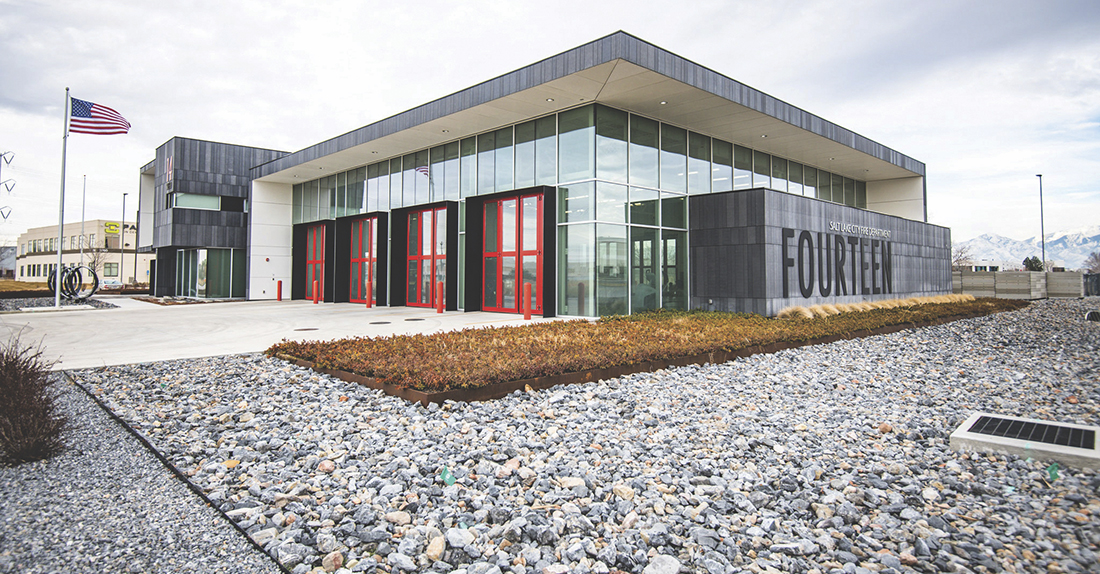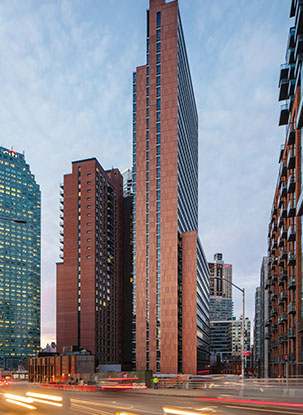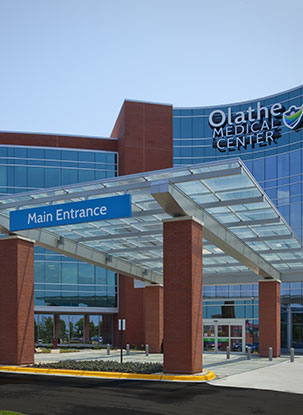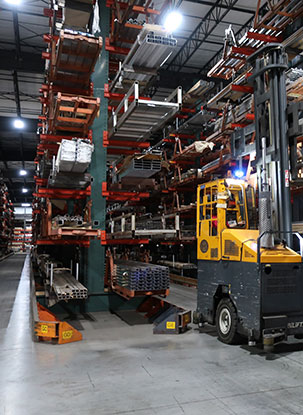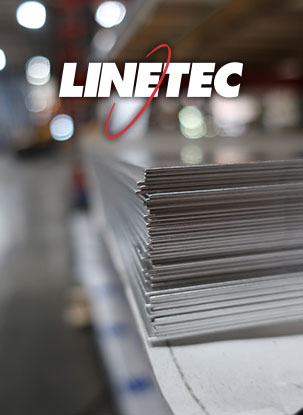It is crucial that aluminum work be carefully protected at the job site, prior to and after installation is complete, and prior to the buildings final acceptance. Installed aluminum work is considered a “finished product” while the other building components are generally in a rough or unfinished state. Most damage to aluminum work will occur during this time.
To ensure a long-lasting anodize finish consider the following items during installation:
- Remove surface protective coverings. All protective coverings, such as adhesive
 paper and strippable plastic film, should be removed as soon as possible after installation because they can become brittle and unpeelable under sunlight exposure and weather. These conditions can cause staining.
paper and strippable plastic film, should be removed as soon as possible after installation because they can become brittle and unpeelable under sunlight exposure and weather. These conditions can cause staining. - Dissimilar materials. Architectural designs often incorporate many different materials, making possible contact between dissimilar materials an important consideration. If questions occur regarding compatibility, the manufacturer of the aluminum products should be contacted.
- Masonry work. The major source of damage to in-place aluminum components usually comes from the splashing, splattering, or run-down from adjacent or overhead masonry work. Acids used for cleaning operations pose a serious problem for anodize finishes. Any mortar, plaster, concrete, fire proofings, sprays, paints or other wet preparations that inadvertently splash upon the aluminum must be immediately wiped clean as permanent damage can occur in minutes. The affected area should be washed liberally with water. Dried splatterings should be removed with wooden or plastic scrapers (not metal), which will not scratch the surface.

- Chemical attack. Chemical attack occurs when acid or alkaline materials come in contact with aluminum finishes, especially an anodized finish. The most common occurrence is when mortar or muriatic acid is allowed to dwell, even for a short time, on a window or aluminum building component. If the finish is visually affected, irreversible damage has occurred and the discolored item may need to be replaced.
- Tar roofing. When tar roofing is applied, the roofing should be graveled on the same day to minimize staining from run-down. Failure to avoid contact with the aluminum will result in staining that is extremely difficult to remove.
- Avoid contact with strong cleaners. If strong cleaners are used to clean brick work and masonry they should be confined to the area being cleaned. Cleaners strong enough to dissolve mortar spots on brick will surely damage any aluminum finish and possibly the underlying metal. Accidental contact from these solutions should be flushed from the aluminum surface immediately with clean water.

Damage caused to anodized window from brick wash cleaning agent - Halogenated solvents. Solvents such as methylene chloride should never be used to clean anodized aluminum.
Although anodized aluminum is extraordinarily resistant to corrosion, discoloration and wear, its natural beauty can be marred by strong chemicals, abuse or neglect. Depending on the geographic location and environmental conditions, varying amounts of soil and dirt will be collected on the aluminum surface, therefore cleaning schedules and frequencies also will vary. More frequent cleaning will be required in heavy industrialized areas than in rural settings. In foggy and coastal regions, frequent cycles of condensation and drying can create a heavy buildup of atmospheric salts and dirt, which can adhere tenaciously. Therefore, more frequent cleaning is required.
Visit linetec.com for more information regarding anodize.
